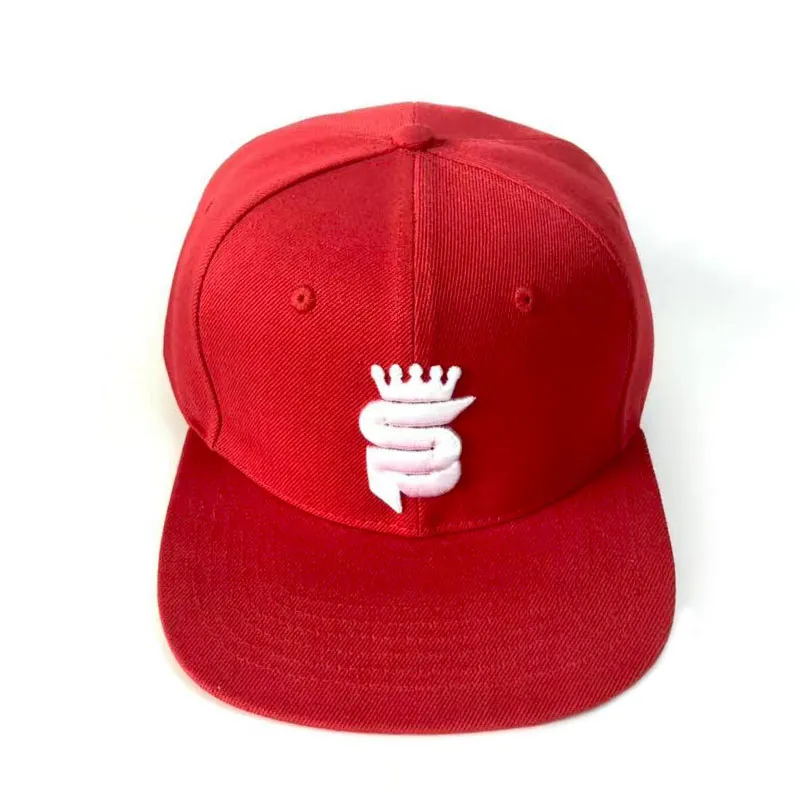The Fascinating Snapback Hats Origin Story
2024-09-20
Snapback hats have a rich and fascinating history that dates back to the early 20th century. These adjustable caps, characterized by their flat brim and adjustable "snap" closure at the back, have evolved from practical sports gear into a major fashion statement. Here’s a look at the origin story of snapback hats:
1. Early Beginnings in Baseball (1860s)
The concept of the baseball cap, from which the snapback evolved, first appeared in the 1860s. The Brooklyn Excelsiors, a professional baseball team, were among the first to popularize a brimmed cap that shielded players from the sun. By the early 20th century, baseball caps became standard in Major League Baseball (MLB), and different teams began to adopt specific styles.

2. Development of the Adjustable Cap (1950s-1960s)
In the mid-20th century, hats evolved to become adjustable, making them more accessible and practical for everyday use. Previously, hats were typically fitted, meaning they had to be tailored to individual head sizes. The introduction of the adjustable plastic snap closure revolutionized the hat market, allowing for one-size-fits-all convenience.
During the 1950s and 1960s, as sportswear began to make its way into casual fashion, the snapback became more than just a baseball staple—it became a casual headwear option for many.
3. Rise in Popularity (1980s-1990s)
The snapback hat gained major popularity during the late 1980s and early 1990s, largely thanks to its association with sports teams and hip-hop culture. In the 1990s, rappers and athletes embraced the snapback as a style accessory. Hip-hop artists like Tupac Shakur and groups such as N.W.A were often seen sporting snapback hats, making them a symbol of cool, urban streetwear.
Brands like Starter became synonymous with snapback hats, producing team-branded caps that appealed to sports fans and street culture enthusiasts alike. Snapbacks with team logos from basketball, baseball, and football became must-have items, often worn as fashion statements rather than just functional headgear.
4. Snapback’s Decline and Resurgence (2000s-2010s)
As fashion trends shifted in the early 2000s, fitted hats, particularly New Era’s 59FIFTY caps, gained prominence, and snapbacks temporarily fell out of favor. However, by the late 2000s and early 2010s, snapbacks made a strong comeback, fueled by nostalgia for 1990s fashion. Celebrities, athletes, and fashion influencers began to wear snapbacks again, and they became a staple of street style.
Hip-hop artists like Chris Brown and Tyga helped to reintroduce the snapback into modern fashion, often combining the hats with retro-inspired outfits. This resurgence sparked a new generation of fans who embraced the hat’s versatility and cultural significance.
5. Modern-Day Icon
Today, snapback hats are more popular than ever, embraced by people across various cultures and age groups. They are no longer limited to sports or urban streetwear but have become a unisex fashion item that appeals to diverse styles. Many brands produce snapbacks, and they are now available in a wide variety of designs, fabrics, and patterns.
Conclusion
Snapback hats have transitioned from a functional piece of sportswear to a timeless fashion icon. Their ability to adapt to cultural shifts—from the baseball fields of the early 1900s to the fashion-forward streets of today—has cemented their status as a staple in modern fashion. Whether worn by athletes, musicians, or fashion enthusiasts, the snapback remains a symbol of style and individuality.


